-
 bitcoin
bitcoin $107208.295278 USD
-1.54% -
 ethereum
ethereum $3874.629914 USD
-1.38% -
 tether
tether $1.000440 USD
0.03% -
 bnb
bnb $1089.465513 USD
-5.53% -
 xrp
xrp $2.327672 USD
-1.65% -
 solana
solana $184.766505 USD
-0.73% -
 usd-coin
usd-coin $1.000076 USD
0.02% -
 tron
tron $0.310632 USD
-1.99% -
 dogecoin
dogecoin $0.187615 USD
-1.60% -
 cardano
cardano $0.633389 USD
-2.75% -
 ethena-usde
ethena-usde $0.999553 USD
0.03% -
 hyperliquid
hyperliquid $35.608231 USD
-4.13% -
 chainlink
chainlink $16.876114 USD
-3.98% -
 stellar
stellar $0.312239 USD
-0.91% -
 bitcoin-cash
bitcoin-cash $473.262969 USD
-7.09%
What is the taker fee for Cardano (ADA) contracts?
The taker fee for Cardano (ADA) futures typically ranges from 0.05% to 0.075% on major exchanges, varying by platform, trading volume, and account tier.
Oct 14, 2025 at 12:18 pm
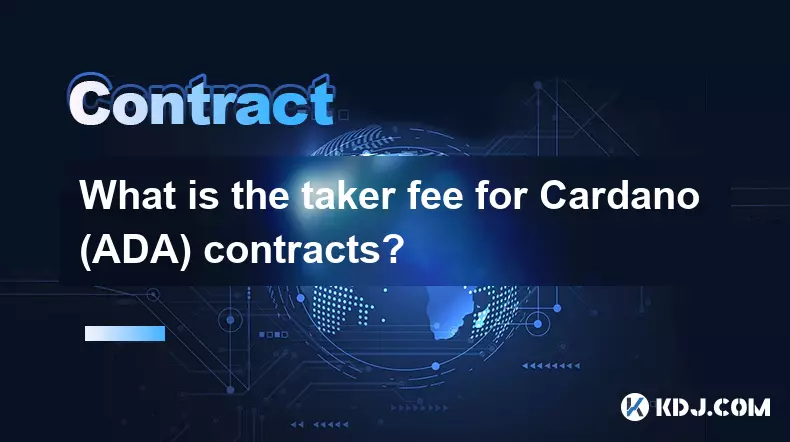
Taker Fees for Cardano (ADA) Contracts
1. The taker fee for Cardano (ADA) contracts varies depending on the cryptocurrency exchange offering futures or perpetual contracts involving ADA. Most major platforms that support ADA derivatives apply a standard taker fee structure applicable across their entire suite of trading pairs.
2. On leading exchanges such as Binance, Bybit, and Kucoin, the typical taker fee for perpetual contracts involving ADA ranges between 0.05% and 0.075%. This rate is consistent with fees applied to other altcoin contracts and is influenced by the user’s 30-day trading volume and membership tier.
3. Some exchanges implement a dynamic fee model where users classified as takers—those who remove liquidity by fulfilling existing orders—pay slightly higher rates than makers. For ADA contracts, this means if you are entering a position by matching against an open order in the order book, you will be charged the taker fee.
4. Volume-based discounts can reduce the effective taker fee significantly. Traders who exceed certain thresholds in monthly trading volume may qualify for lower fee brackets, sometimes bringing the taker fee down to as low as 0.02%.
5. It is essential to review the fee schedule of the specific exchange being used, as fee structures can differ based on jurisdiction, account type, and whether the contract is settled in USDT, USDⓈ, or ADA itself.
Fees and Trading Tiers
1. Most exchanges categorize users into different fee tiers based on their historical trading activity. These tiers typically depend on the total volume traded over the past 30 days, measured in BTC or USD equivalents.
2. VIP programs offered by exchanges like Huobi and OKX allow high-volume traders to negotiate custom fee schedules. Users holding native exchange tokens such as BNB or KCS may also receive rebates or reduced taker fees when paying with those tokens.
3. Fee discounts often require users to hold a minimum balance of the platform’s native token. For example, holding BNB on Binance qualifies traders for up to a 25% reduction in taker fees across all derivative products, including ADA contracts.
4. Tier levels usually reset every calendar month, meaning consistent high-volume trading is required to maintain lower fee rates. Sudden drops in trading volume could result in reversion to standard taker fee rates.
5. Some platforms offer promotional periods or limited-time waivers on taker fees for new contract listings, which may temporarily benefit traders entering ADA positions.
Impact of Fee Structure on Profitability
1. Frequent traders engaging in short-term strategies such as scalping or arbitrage are particularly sensitive to taker fees. Even small differences in fee percentages can accumulate rapidly across hundreds of trades.
2. A 0.05% taker fee on a $10,000 ADA contract translates to a $5 cost per trade, which must be factored into entry and exit calculations to preserve profitability.
3. High-frequency trading bots executing multiple entries and exits daily can incur substantial cumulative costs due to taker fees, especially during volatile market conditions when slippage and execution speed favor taker behavior.
4. Traders aiming to minimize fees may adjust their strategy to act as makers whenever possible by placing limit orders instead of market orders, thus avoiding the taker fee entirely on entry or exit.
5. Cross-exchange comparisons reveal notable differences in net cost after fees, making it worthwhile for active traders to evaluate not only the nominal taker fee but also liquidity depth and execution reliability.
Common Questions About ADA Contract Fees
What determines whether I pay a maker or taker fee on ADA contracts?You pay the taker fee when your order matches against an existing order in the order book. If you place a limit order that waits to be filled, you are considered a maker and usually pay a lower or zero fee.
Can I reduce my taker fee when trading ADA futures?Yes. Holding the exchange’s native token, increasing your 30-day trading volume, or qualifying for VIP status can all lead to reduced taker fees. Some platforms also allow fee payments in discounted tokens.
Are taker fees the same for all contract types involving ADA?Not always. Inverse contracts denominated in ADA may have different fee structures compared to linear USDT-margined contracts. Always check the specific contract specifications before trading.
Do decentralized exchanges charge taker fees on ADA perpetuals?Some DEXs like dYdX or GMX apply similar fee models, though they are generally transparent and protocol-determined. Fees on decentralized platforms may include additional components such as funding rates or gas costs.
Disclaimer:info@kdj.com
The information provided is not trading advice. kdj.com does not assume any responsibility for any investments made based on the information provided in this article. Cryptocurrencies are highly volatile and it is highly recommended that you invest with caution after thorough research!
If you believe that the content used on this website infringes your copyright, please contact us immediately (info@kdj.com) and we will delete it promptly.
- Pi Network, Binance, and the Strategic Delay: A New York State of Mind
- 2025-10-18 14:45:15
- Crypto Presale Mania: MoonBull, Ethereum, and Bitcoin in the Spotlight
- 2025-10-18 15:05:15
- Ondo Finance, Nasdaq, and Transparency: A Call for Open Standards in Tokenized Securities
- 2025-10-18 14:45:15
- OriginTrail, TRAC, and the Convergence Chapter: Navigating Trust in the Age of AI
- 2025-10-18 14:25:15
- Firefighter, Fire Engine, Driving Skills: Vancouver's Innovative Approach
- 2025-10-18 14:25:15
- FIFA, NFTs, and Legal Action: A Risky Game?
- 2025-10-18 12:45:14
Related knowledge

How to hedge my spot Cardano portfolio with ADA contracts?
Oct 18,2025 at 05:36am
Hedging Your ADA Spot Holdings Using Derivatives1. Identify a reliable exchange that offers ADA futures or perpetual contracts. Exchanges like Binance...
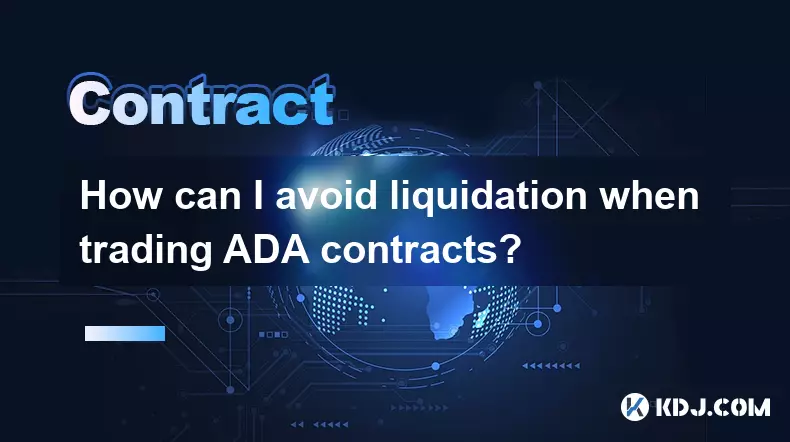
How can I avoid liquidation when trading ADA contracts?
Oct 18,2025 at 01:37am
Understanding Liquidation in ADA Futures Trading1. Liquidation occurs when a trader’s margin balance falls below the maintenance threshold required to...
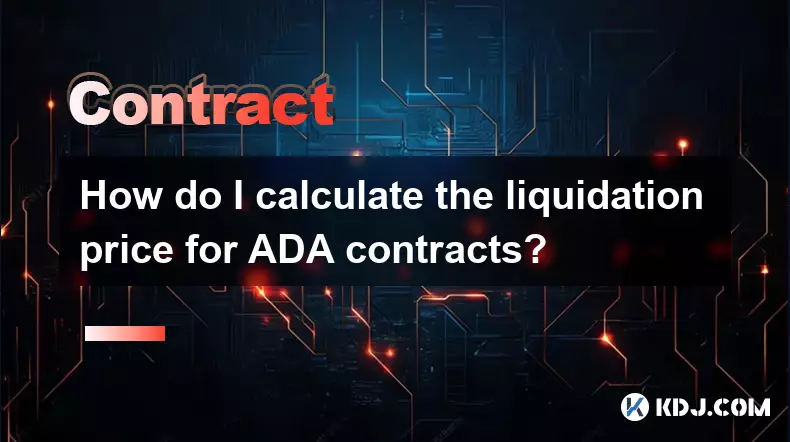
How do I calculate the liquidation price for ADA contracts?
Oct 18,2025 at 01:18am
Understanding Liquidation Price in ADA Futures Contracts1. The liquidation price in ADA futures trading refers to the market price at which a leverage...
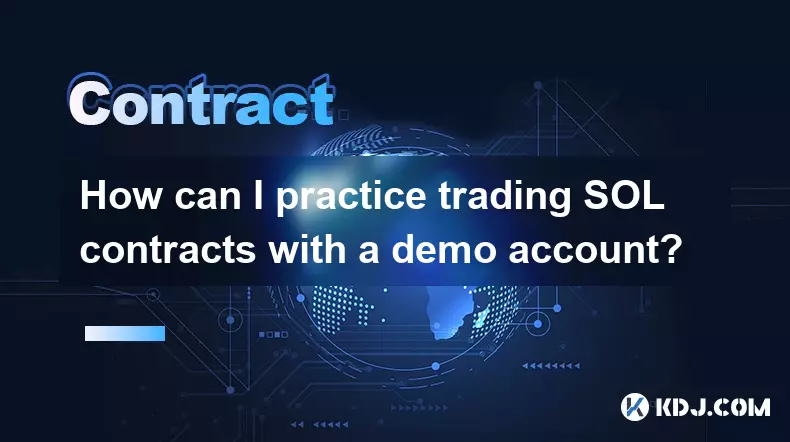
How can I practice trading SOL contracts with a demo account?
Oct 18,2025 at 02:18am
Accessing a Demo Platform for SOL Trading1. Identify cryptocurrency exchanges or trading platforms that offer futures or perpetual contracts on Solana...
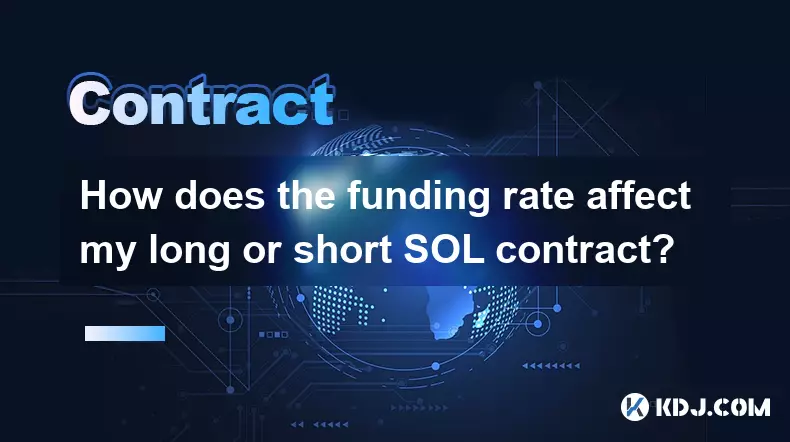
How does the funding rate affect my long or short SOL contract?
Oct 18,2025 at 10:37am
Understanding Funding Rates in SOL Perpetual Contracts1. Funding rates are periodic payments exchanged between long and short positions in perpetual f...

How do I set a stop-loss and take-profit for XRP contracts?
Oct 18,2025 at 06:54am
Understanding Stop-Loss and Take-Profit in XRP Futures TradingTrading XRP futures contracts requires strategic risk management, and setting stop-loss ...

How to hedge my spot Cardano portfolio with ADA contracts?
Oct 18,2025 at 05:36am
Hedging Your ADA Spot Holdings Using Derivatives1. Identify a reliable exchange that offers ADA futures or perpetual contracts. Exchanges like Binance...

How can I avoid liquidation when trading ADA contracts?
Oct 18,2025 at 01:37am
Understanding Liquidation in ADA Futures Trading1. Liquidation occurs when a trader’s margin balance falls below the maintenance threshold required to...

How do I calculate the liquidation price for ADA contracts?
Oct 18,2025 at 01:18am
Understanding Liquidation Price in ADA Futures Contracts1. The liquidation price in ADA futures trading refers to the market price at which a leverage...

How can I practice trading SOL contracts with a demo account?
Oct 18,2025 at 02:18am
Accessing a Demo Platform for SOL Trading1. Identify cryptocurrency exchanges or trading platforms that offer futures or perpetual contracts on Solana...

How does the funding rate affect my long or short SOL contract?
Oct 18,2025 at 10:37am
Understanding Funding Rates in SOL Perpetual Contracts1. Funding rates are periodic payments exchanged between long and short positions in perpetual f...

How do I set a stop-loss and take-profit for XRP contracts?
Oct 18,2025 at 06:54am
Understanding Stop-Loss and Take-Profit in XRP Futures TradingTrading XRP futures contracts requires strategic risk management, and setting stop-loss ...
See all articles























![[4K 60fps] 5upreme by RoyalP (1 coin) [4K 60fps] 5upreme by RoyalP (1 coin)](/uploads/2025/10/18/cryptocurrencies-news/videos/k-fps-upreme-royalp-coin/68f2e6c9ef491_image_500_375.webp)


















































